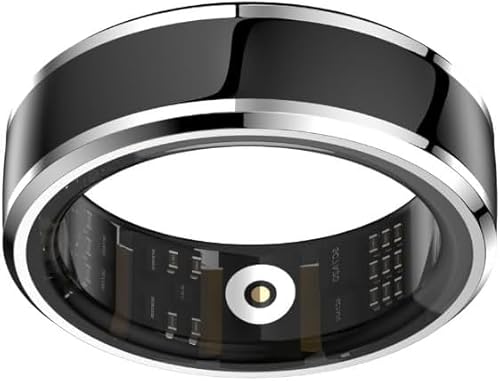From a statistical standpoint, your InRatio is probably 'reliable.' (The term 'reliable' means that the results are consistent - reproducible. A stopped watch is 'reliable' because it always shows the same time). Assuming that your InRatio 2 always varies from the labs by a set amount, or using a consistent correction formula, you should be able to get some good results from the meter. The adjustment algorithm may be a slightly different formula from the one that Pem originally proposed (and Pellicle put into one of his postings).
FWIW -- I trusted my InRatio meter to be accurate (rather than higher than actual lab values), and wound up with a minor stroke because I maintained my INR a bit lower than I should have. Personally, with a range of 2.5 - 3.5, and an InRatio meter, I would probably be happy with a reported INR between 2.9 (or so) and 3.9 (or so).
And, yes, the higher the INR actually is, the higher the variance from actual INR, for most meters.





















